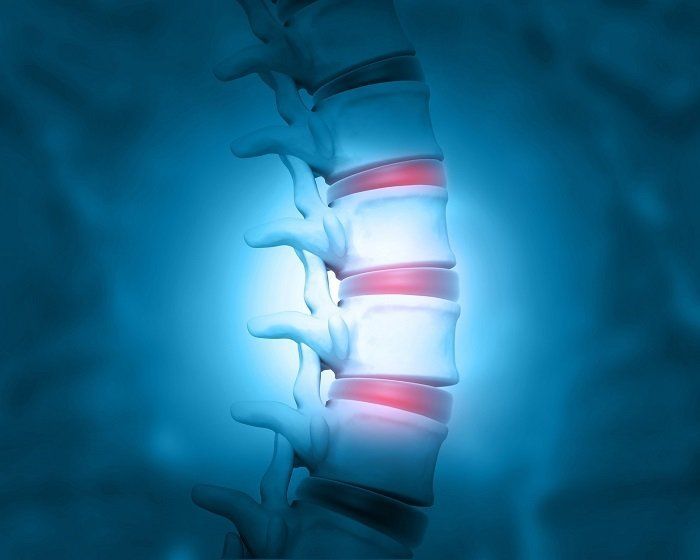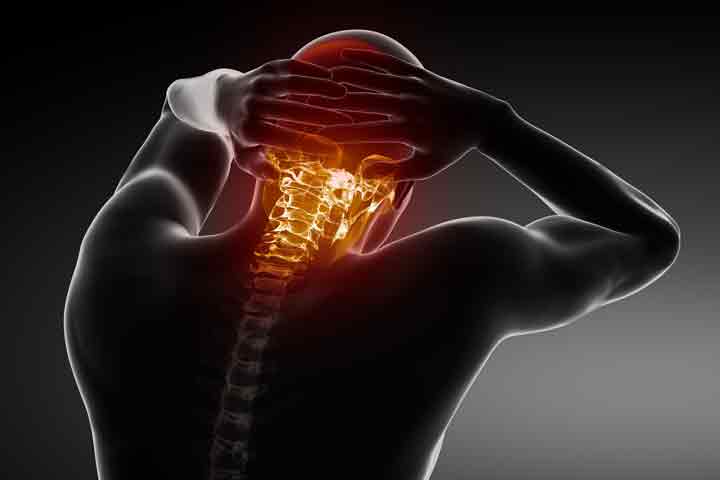Key Points for Understanding Myofascial Pain Syndrome
As many as one in three struggle with musculoskeletal pain according to the World Health Organization. If you include yourself in this group, you may have an issue known as myofascial pain syndrome. This syndrome can present itself in a number of uncomfortable ways that limit your mobility and overall quality of life.
Myofascial pain syndrome can leave its sufferers feeling confused, frustrated, and helpless, not least because medical science has difficulty accounting for its causes and differentiating it from other pain conditions. This overview of the syndrome should help you understand how to recognize it and what to do about it.
Causes of Myofascial Pain Syndrome
Myofascial pain describes pain affecting both the muscles and the membrane of connective tissue surrounding them (known as fascia). While medical science has yet to track down the exact mechanisms behind myofascial pain syndrome, it often follows an acute injury to muscles, tendons, or ligaments.
Chronic strain conditions such as repetitive motion injuries may also initiate this syndrome. These injuries typically occur when you subject one particular muscle group, joint, or connective tissue to constant overuse.
In some cases, myofascial pain syndrome may stem not from overuse, but from underuse of the affected body part. For example, an arm forced into inactivity due to weeks in a cast or sling may develop this syndrome. Even chronic emotional stress can lead you to clench your muscles constantly, encouraging myofascial syndrome.
Symptoms and Complications of Myofascial Pain Syndrome
The hallmark symptom of myofascial pain syndrome involves the appearance of stiff, palpable muscle knots. These knots may not actually hurt when you touch them; instead, they refer pain signals to a nearby part of the body. Trigger points may also cause the affected region of the body to experience numbness or tingling.
Unlike the typical acute pain associated with a muscle pull or a short-term, isolated muscle knot, myofascial pain syndrome may plague you with constant or frequent pain and other neurological symptoms. Some sufferers even experience irritable bowel syndrome as a co-occurring problem.
Myofascial pain syndrome shares symptoms with fibromyalgia, making the two issues difficult to tell apart. The muscle knots created by fibromyalgia, however, feel painful at the site of the knot instead of referring pain elsewhere. Fibromyalgia also distributes its symptoms across more of the body than myofascial pain syndrome.
Diagnosis of Myofascial Pain Syndrome
Muscle knots associated with referred pain symptoms that continue for more than three months qualify as a chronic pain problem. This may prompt your doctor to look to myofascial pain syndrome as a likely diagnosis.
To check this diagnosis, your doctor may look for such distinguishing characteristics as jump sign. In this reaction, palpating the trigger point produces referred pain sharp enough to make you jump or jerk in response. The presence of other symptoms such as irritable bowel syndrome can help confirm the diagnosis.
Treatment of Myofascial Pain Syndrome
Conservative pain management and stress relief techniques may help to control your myofascial pain syndrome. Examples of such techniques include massage therapy, physical therapy exercises, dry needling, and therapeutic ultrasound. You may want to try these methods before advancing to stronger options.
Medical treatment may succeed where conservative care cannot. Research has demonstrated that injection of analgesic drugs directly into trigger points can bring relief that lasts for weeks at a time. Another study showed that lidocaine injections proved more effective against myofascial pain that either Botox or dry needling.
Even such frustrating issues as myofascial pain syndrome can respond to skilled care from experienced pain management practitioners. Contact Specialists in Pain Management in Chattanooga or Ooltewah to learn more about this syndrome and schedule the help you need.
Licensed | Bonded | Insured
DISCLAIMER: You will receive a call to remind you of your appointment. If you must cancel your appointment, we would appreciate at least 24 hours notice. No-shows may be charged a missed appointment fee of $25. Please bring your insurance card, a picture ID and your current medications to each visit.
CONTACT INFORMATION
Chattanooga Location
Address: 281 N. Lyerly St, Suite 200,
Chattanooga, TN 37404
Fax: 423-698-0511
Ooltewah Location
Address: 4957 Swinyar Drive, Suite 101,
Ooltewah, TN 37363
Fax: 423-362-7778
Phone: 423-698-0850
Cleveland Location
Address: 862 Callen Ln, NW Suite 110
Cleveland, TN 37312
Fax: 423-698-0511
Business Hours:
Chattanooga Location
- Mon - Fri
- -
- Sat - Sun
- Closed
Appointments Available
Ooltewah Location / Cleveland Location
- Mon - Thu
- -
- Fri - Sun
- Closed




CareCredit, Most Major Insurances Accepted
OUR LOCATION
Chattanooga Location
Ooltewah Location
Cleveland Location













